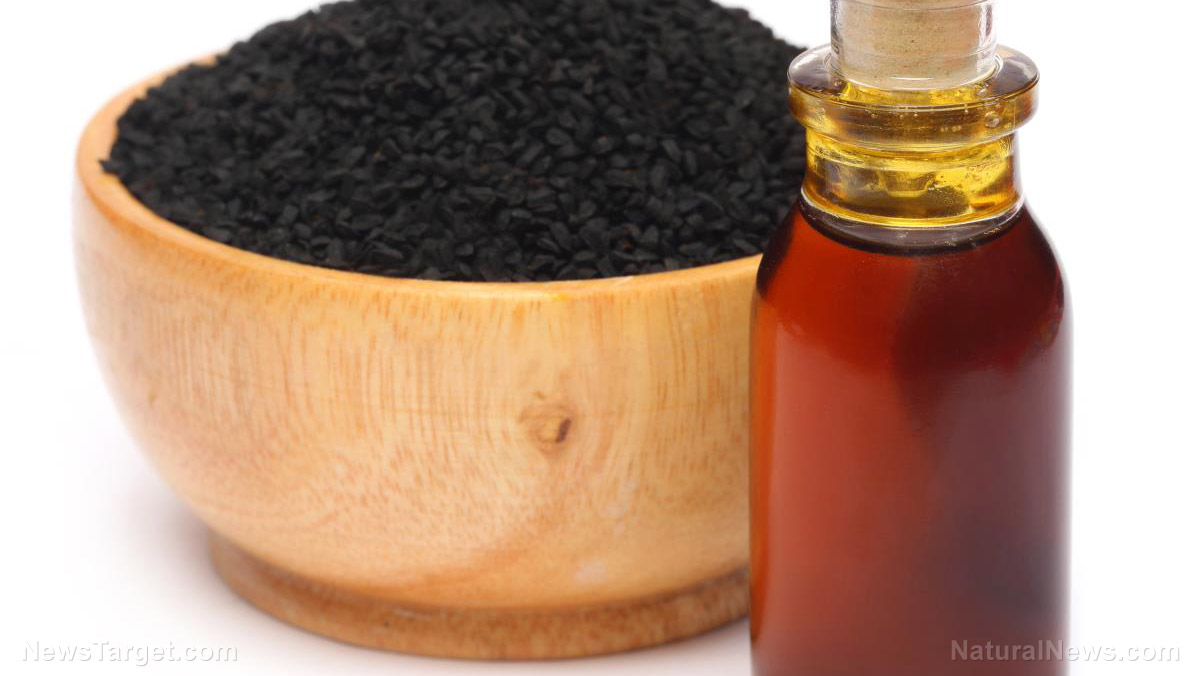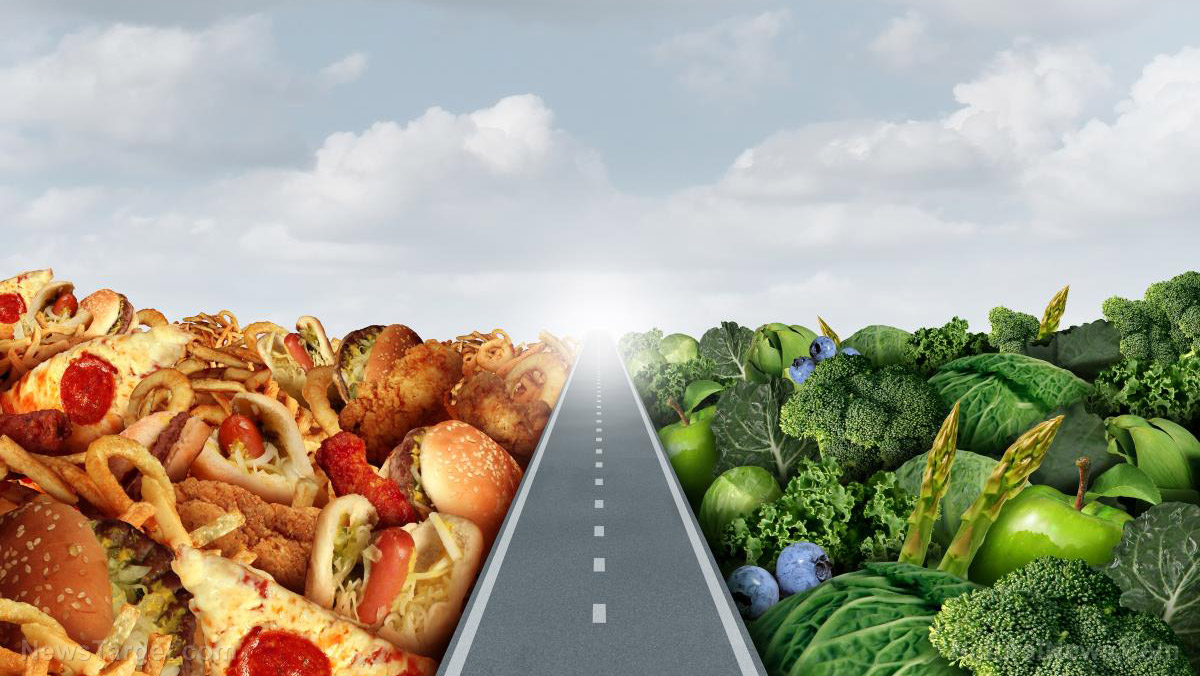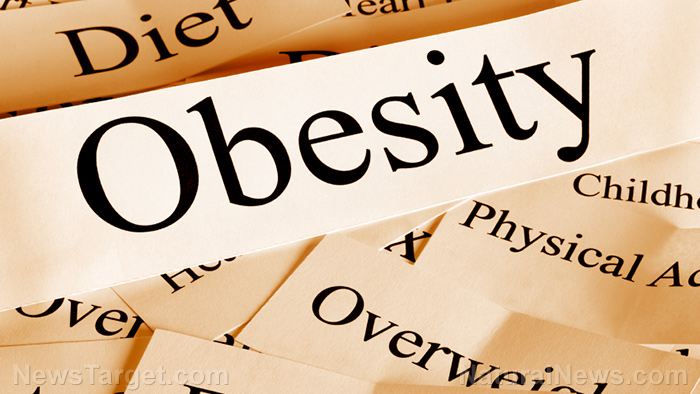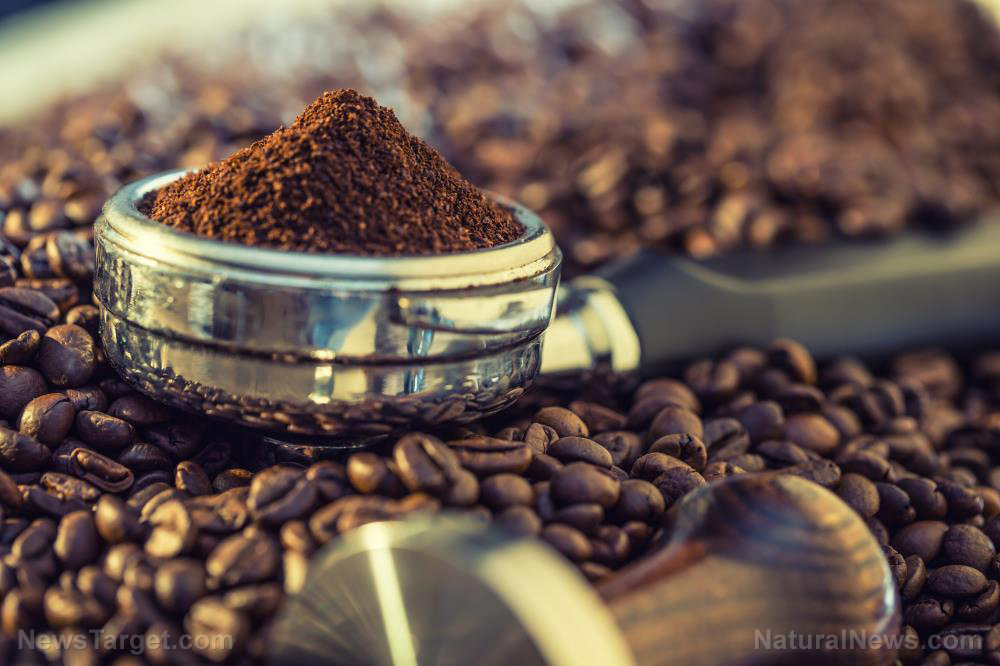Eating heavily-cooked or heat-processed foods can increase your risk for diabetes
01/23/2019 / By Mary Miller

You might have heard that what you eat can have either a positive or negative effect on your body, but did you know that the way your food is cooked can also leave a lasting impact on it? Even the healthiest foods can increase your risk of diabetes if they are prepared using high-heat cooking methods.
Diabetes is a chronic illness that occurs when your blood sugar levels are too high. This harmful overabundance of blood sugar can affect your body’s ability to metabolize food into energy. When you eat sugar, your body produces the hormone, insulin, to move the sugar out of your bloodstream and into your cells to turn it into energy. If you have Type 1 diabetes, then the amount of insulin your body produces simply isn’t enough anymore. If you have Type 2 diabetes, the insulin fails to effectively regulate your blood sugar levels. There are a number of risk factors that can increase your likelihood of getting diabetes. Some of these possible risk factors may include genetic disposition, living in a cold climate, exposure to air pollution, lifestyle choices, physical activity, and age. However, one of the most significant risk factors is one’s diet. The unhealthy consumption of highly processed carbohydrates, sugary drinks, saturated and trans fats, and red and processed meats can significantly raise your risk of getting diabetes. (Related: Eating processed meat boosts diabetes risk by 40 percent.)
How eating heavily-cooked or heat-processed foods increases your risk of diabetes
According to research, when you cook or process food items at high temperatures, it can create harmful advanced glycation end products (AGEs) in your food. These AGEs are glycated proteins that can cause your body’s tissues to lose their functions and age prematurely. What’s more is that they can potentially damage your DNA and increase your risk of diabetes and cancer.
Other harmful chemicals that may be formed during high-heat cooking may include polycyclic aromatic hydrocarbons, heterocyclic aromatic amines, and nitrosamines. These chemicals can trigger inflammation that can impair or interfere with your body’s normal production of insulin. It can even promote your body’s resistance to insulin, hampering its effectiveness. Some high-heat cooking methods that can cause the formation of AGEs and other toxic substances may include broiling, barbecuing, grilling, and roasting. By avoiding the consumption of food items that are cooked using these methods, you may be able to lower your risk of diabetes.
Food items that may raise diabetes risk
Not only should you avoid eating foods that have been cooked at high temperatures, but you should also be careful about eating certain types of food. If you are at risk for possibly developing diabetes, you can improve your chances of a healthy lifestyle by avoiding these types of foods that tend to be high in calories, but low in nutritional value:
- Highly processed carbohydrates. These are food items that are normally made using white flour, white sugar, and white rice, such as breads, muffins, cakes, crackers, and pastas. They have high sugar content, but they have practically no nutritional value after being stripped of beneficial bran, fiber, vitamins, and minerals. Such food items are easy to digest and may result in spikes in your blood sugar and insulin levels.
- Sugary beverages. Drinks that have been sweetened by extra sugar include sodas, sweet teas, fruit drinks, and lemonade beverages. The excess sugar in these drinks might be easy to overlook, allowing them to overload your insulin response and promote your body’s resistance to it. Try to limit your intake of sugary beverages and take your coffee and tea without any added sugar. You can also just stick to drinking plain old water.
- Saturated fats and trans fats. Baked goods and fried foods tend to be loaded with trans fats. You’ll also find plenty of saturated fats in fatty meats, butters, and full-fat milk and cheese.
- Red meats and processed meats. Some examples of processed meats include bacon, hot dogs, and deli meats. These tend to be packed with lots of sodium and nitrites.
Learn more ways to reduce your risk of diabetes by going to DiabetesScienceNews.com
Sources include:
Submit a correction >>
Tagged Under:
advanced glycation end-products, AGEs, blood sugar, blood sugar levels, diabetes, diabetes prevention, diabetes risk, glucose, insulin, nitrosamines, nutrition, toxic foods, type 1 diabetes, Type 2 Diabetes
This article may contain statements that reflect the opinion of the author
RECENT NEWS & ARTICLES
COPYRIGHT © 2017 FIGHTOBESITY.NEWS
All content posted on this site is protected under Free Speech. FightObesity.news is not responsible for content written by contributing authors. The information on this site is provided for educational and entertainment purposes only. It is not intended as a substitute for professional advice of any kind. FightObesity.news assumes no responsibility for the use or misuse of this material. All trademarks, registered trademarks and service marks mentioned on this site are the property of their respective owners.





















